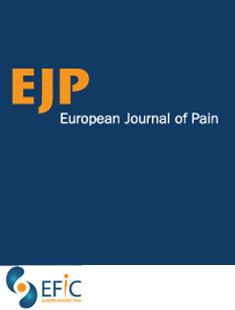
“Parkinson’s disease (PD), a neurodegenerative disorder, is the second most common neurological illness in United States. Neurologically, it is characterized by the selective degeneration of a unique population of cells, the nigrostriatal dopamine neurons.
The current treatment is symptomatic and mainly involves replacement of dopamine deficiency. This therapy improves only motor symptoms of Parkinson’s disease and is associated with a number of adverse effects including dyskinesia. Therefore, there is unmet need for more comprehensive approach in the management of PD.
Cannabis and related compounds have created significant research interest as a promising therapy in neurodegenerative and movement disorders. In this review we examine the potential benefits of medical marijuana and related compounds in the treatment of both motor and nonmotor symptoms as well as in slowing the progression of the disease. The potential for cannabis to enhance the quality of life of Parkinson’s patients is explored.
Marijuana has been shown to improve nonmotor symptoms of PD such as depression, pain, sleep, and anxiety. Moreover, components of cannabis have been demonstrated to have neuroprotective effect due to their anti-inflammatory, antioxidative, and antiexcitotoxic properties.
Due to combination of the above mentioned beneficial effects, cannabis may provide a viable alternative or addition to the current treatment of Parkinson’s disease.” https://www.hindawi.com/journals/pd/2016/1279042/








